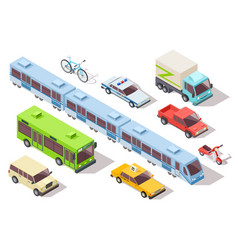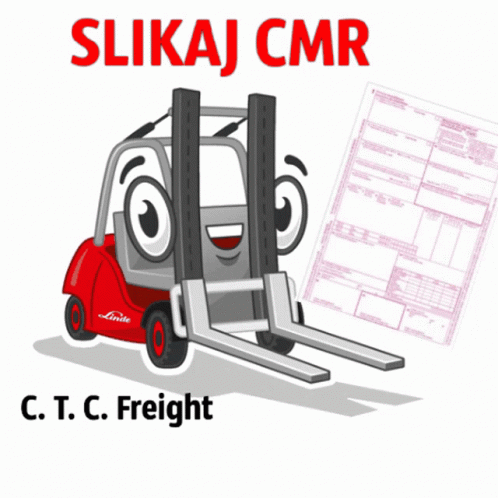p>Navigating the cellular world can be tricky! Understanding how substances move in and out of cells is absolutely fundamental to grasping key biological processes. That’s why we often encounter worksheets dedicated to transport in cells. These worksheets usually cover concepts like diffusion, osmosis, active transport, endocytosis, and exocytosis, testing our knowledge of the principles and mechanisms behind each. So, if you’ve been wrestling with a transport in cells worksheet and are looking for a bit of clarity or simply want to check your answers, you’ve come to the right place. Below you’ll find a comprehensive list of common questions and answers related to cellular transport. While specific worksheet questions may vary, this information should provide a solid foundation for understanding the core concepts and successfully tackling any cell transport challenge thrown your way. Remember that understanding the “why” behind each process is just as important as knowing the “what”!
Transport in Cells Worksheet Answers
Here is a breakdown of answers you might encounter on a typical Transport In Cells Worksheet. Remember that the precise wording of the questions and expected answers may vary depending on the specific worksheet used.
Diffusion and Osmosis
- What is diffusion?
The movement of molecules from an area of high concentration to an area of low concentration until equilibrium is reached.
- What is osmosis?
The diffusion of water across a selectively permeable membrane from an area of high water concentration (low solute concentration) to an area of low water concentration (high solute concentration).
- What is a selectively permeable membrane?
A membrane that allows some substances to pass through but not others.
- What is a concentration gradient?
The difference in concentration of a substance between two areas.
- Define hypertonic, hypotonic, and isotonic solutions.
- Hypertonic: A solution with a higher solute concentration than another solution. Water will move *out* of a cell placed in a hypertonic solution.
- Hypotonic: A solution with a lower solute concentration than another solution. Water will move *into* a cell placed in a hypotonic solution.
- Isotonic: A solution with the same solute concentration as another solution. There will be no net movement of water into or out of a cell placed in an isotonic solution.
- What happens to an animal cell placed in a hypotonic solution?
The cell will swell and potentially burst (lyse) as water moves into the cell.
- What happens to a plant cell placed in a hypotonic solution?
The cell will become turgid (swollen but not bursting) due to the rigid cell wall preventing lysis.
- What happens to an animal cell placed in a hypertonic solution?
The cell will shrink (crenate) as water moves out of the cell.
- What happens to a plant cell placed in a hypertonic solution?
The cell will undergo plasmolysis, where the plasma membrane pulls away from the cell wall.
- Give an example of diffusion in a living organism.
Oxygen moving from the alveoli (air sacs) in the lungs into the blood.
- Give an example of osmosis in a living organism.
Water absorption by plant roots from the soil.
Active and Passive Transport
- What is passive transport?
The movement of substances across a cell membrane *without* the use of energy (ATP) by the cell. Includes diffusion, osmosis, and facilitated diffusion.
- What is active transport?
The movement of substances across a cell membrane *with* the use of energy (ATP) by the cell, usually against a concentration gradient.
- What is facilitated diffusion?
The movement of substances across a cell membrane with the help of transport proteins (channel or carrier proteins) but still *without* the use of ATP. It still follows the concentration gradient.
- Name two types of active transport.
- Primary active transport (e.g., sodium-potassium pump)
- Secondary active transport (uses the electrochemical gradient created by primary active transport)
- Explain how the sodium-potassium pump works.
The sodium-potassium pump uses ATP to pump 3 sodium ions (Na+) out of the cell and 2 potassium ions (K+) into the cell, both against their concentration gradients.
Endocytosis and Exocytosis
- What is endocytosis?
The process by which cells take in substances from the outside by engulfing them in a vesicle formed from the cell membrane.
- What is exocytosis?
The process by which cells release substances to the outside by fusing vesicles containing those substances with the cell membrane.
- Name three types of endocytosis.
- Phagocytosis (cell eating – engulfing large particles)
- Pinocytosis (cell drinking – engulfing fluids and dissolved substances)
- Receptor-mediated endocytosis (engulfing specific molecules that bind to receptors on the cell surface)
- Give an example of exocytosis.
The release of neurotransmitters from nerve cells.
- Give an example of phagocytosis.
A white blood cell engulfing a bacterium.
This list provides a solid foundation for understanding cell transport. Remember to review your textbook, class notes, and any other resources to ensure a complete understanding of these important biological processes. Good luck with your studies!
If you are looking for Transport Logo Design you’ve visit to the right page. We have 20 Images about Transport Logo Design like EUSU Logistics 유수로지스틱스, Modes of Transportation for Kids | Transportation for kids and also History of Transportation with Animals – Realistic Clip art set of 50. Here it is:
Transport Logo Design

ar.inspiredpencil.com
Public Transport Icons
![]()
ar.inspiredpencil.com
Design Sustainable Transport Posters With Editable Templates

edit.org
Urban Transport Colored City Royalty Free Vector Image

www.vectorstock.com
Analyzing The Redox Reactions In The Electron Transport Chain Practice

study.com
EUSU Logistics 유수로지스틱스

www.eusu-logistics.com
Transport GIFs | Tenor

tenor.com
Modes Of Transportation For Kids | Transportation For Kids

www.pinterest.co.uk
Facilitated Diffusion Occurs

quizcremasters.z21.web.core.windows.net
Transport Logistic Munich 2025

www.tradefairdates.com
Transportation Logo Design Samples

www.animalia-life.club
What Is The Most Sustainable Type Of Transportation?

www.modeshift.com
Which Cities Have The Best Public Transport In The World? | World
www.weforum.org
Free Vector | Multicolored Transport Icons Flat
![]()
www.freepik.com
Transportation For Kids: Now And Then

in.pinterest.com
Active Transport | Definition, Types & Examples – Lesson | Study.com

study.com
Buses, Vehicle, Transport, Signals Set, Transports, Vehicles, Side View
www.shareicon.net
Printable Transportation Coloring Pages

lessonberginoverpeer.z21.web.core.windows.net
History Of Transportation With Animals – Realistic Clip Art Set Of 50

www.teacherspayteachers.com
STRIKOVIĆ TRANSPORT – CargoRS

cargo.rs
Striković transport – cargors. Printable transportation coloring pages. Which cities have the best public transport in the world?
